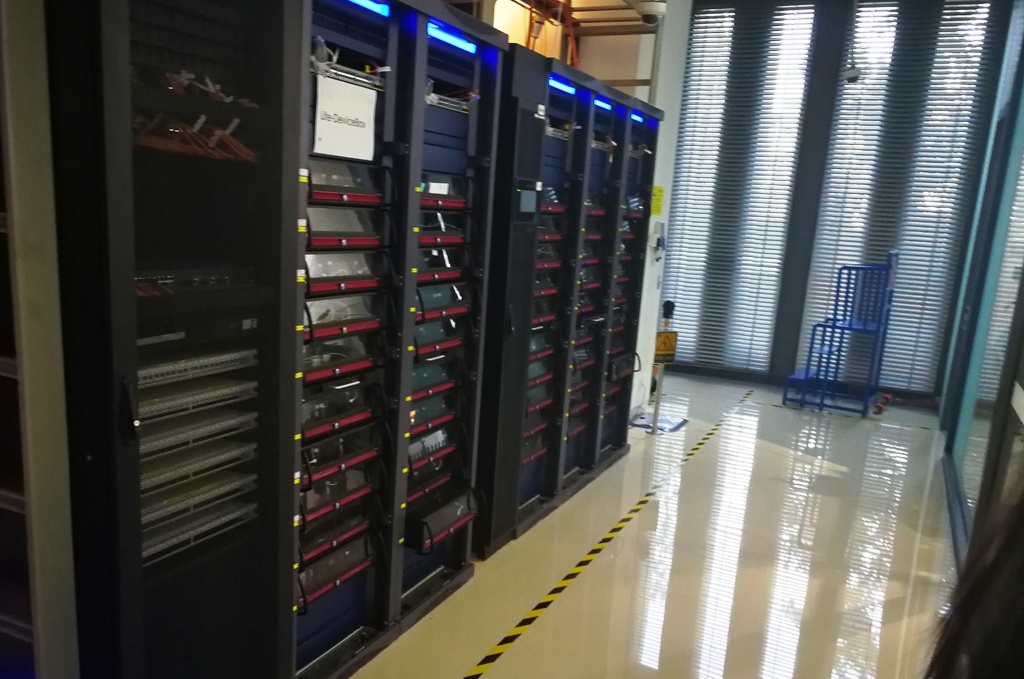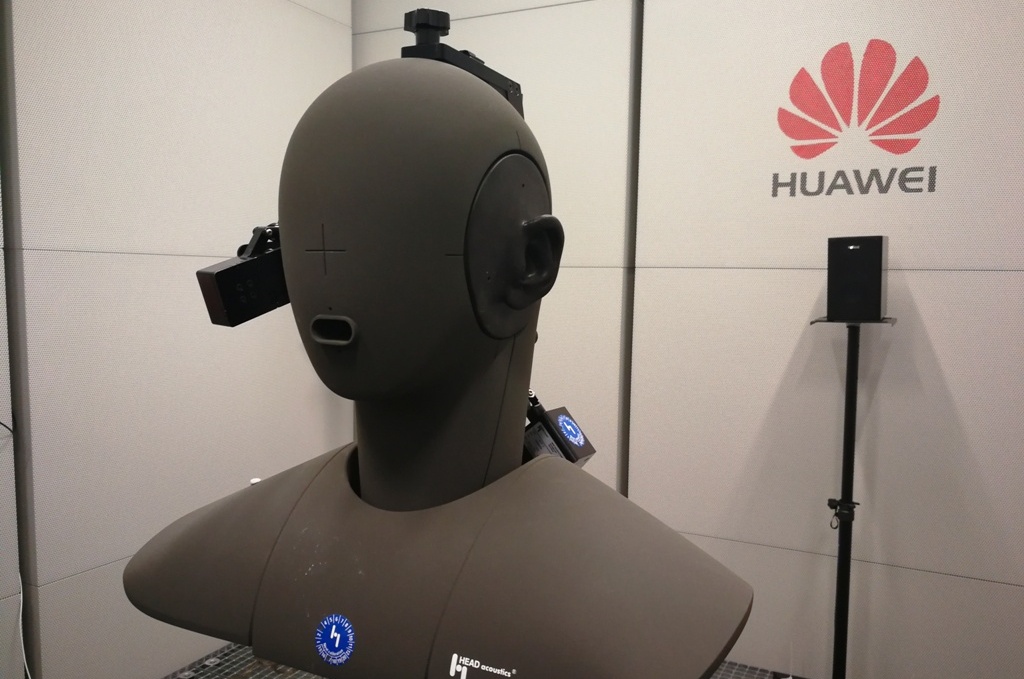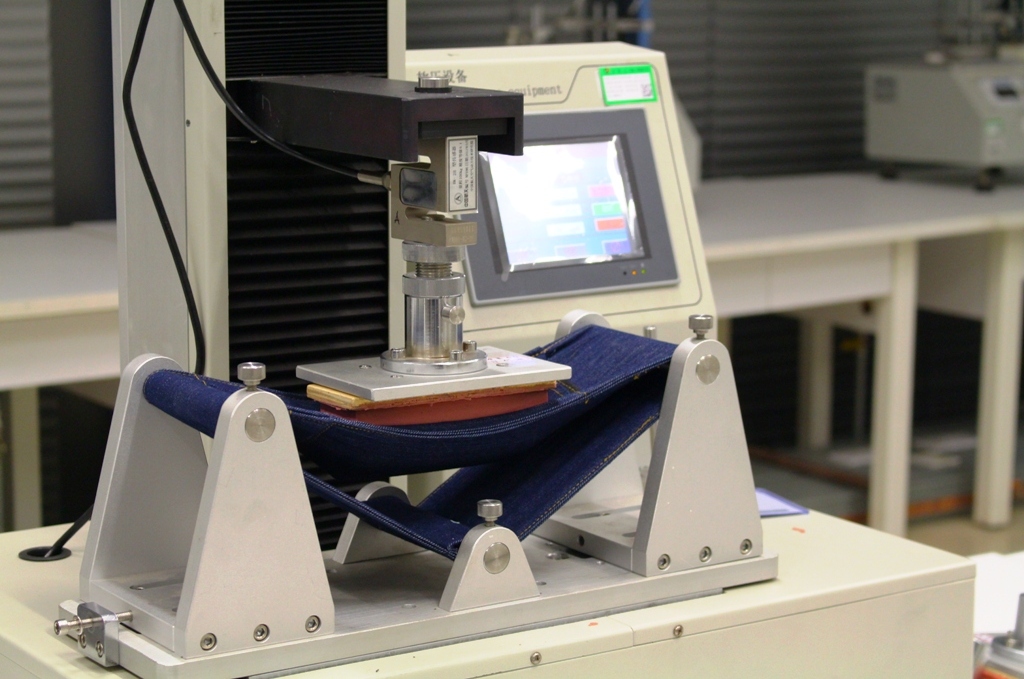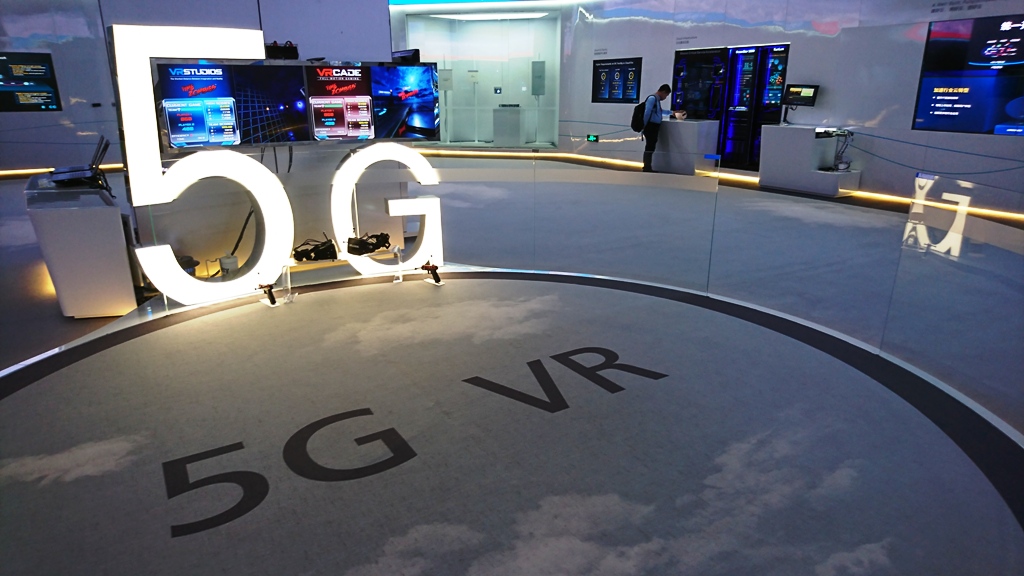BEIJING, CHINA — Huawei Technologies Co. Ltd. is now one of China’s biggest tech companies providing enterprise-grade network and telecom appliances for big businesses, including mobile internet devices such as computers, mobile phones and internet dongles for consumers.
Recently, InterAksyon and other members of media from the Philippines and Singapore were invited by Huawei to visit their headquarters, and research and development facilities located in Shenzhen and in Beijing, China, respectively.
At the Huawei headquarters in Bantian, Longgang District in Shenzhen, we had the opportunity to see the tech giant’s vast campus where a majority of Huawei’s workforce are stationed.
“Globally we have over 180,000 employees and nearly 60,000 are working in this campus,” said Benjamin Howes, senior director of International media Affairs, as he introduced the company to visiting media. “We have 15 dedicated R&D centers around the world where 45% of our employees work, and around 36 joint innovation centers, globally.”
By the sheer numbers alone, Huawei is now far from the early days when it was founded by former PLA engineer Ren Zhengfei, who put in a capital of only $5,680 to start his company back in 1987.
Today, Huawei is the largest telecommunications equipment manufacturer in the world surpassing other big names in the telecom industry such as Ericsson and Nokia-Siemens. With a brand value of $7.3 billion, Huawei made it to Number 88 in the latest Forbes List of the World’s Most Valuable Brands in 2017.
Also in 2017, Huawei has captured 20% of the mobile market share pushing its rank as the world’s third largest mobile phone provider after market leaders Apple and Samsung.
For the Beijing visit, Huawei brought the ASEAN media to the Executive Briefing Center (EBC) and one of the R&D facilities in the outskirts of the capital. Here, company executives provided a tour on how smartphones are developed and tested before any Huawei device reach the consumer market.

The photo above shows racks of tall metal boxes – similar to those that house rack servers and routers – to test several Huawei phones at once. The prototype smartphones are tested automatically by continuously performing software tasks such as media playback, internet browsing and turning several applications on and off. The tests are done 24/7.

Another way to test Huawei mobile phones are inside anechoic chambers where wireless signal reception and audio quality are measured to establish the performance and reliability of the mobile device.

Another interesting way of testing a mobile phone’s durability: a simulation of the phone placed on a person’s back pocket. So, will it bend?

Huawei has a number of other procedures to test the functionality and durability of their mobile phones, these also include pressing buttons and the touchscreen repeatedly, continuously plugging a pair of earphones in the jack, and twisting and bending the device — all done automatically by purpose-built machines.
At the same R&D facility, Huawei even has an entire team devoted to guard the mobile phone’s OS against malware-infected apps, and not to mention an entire area that simulates different network providers to guarantee that all Huawei’s mobile devices will work with any network around the globe.











